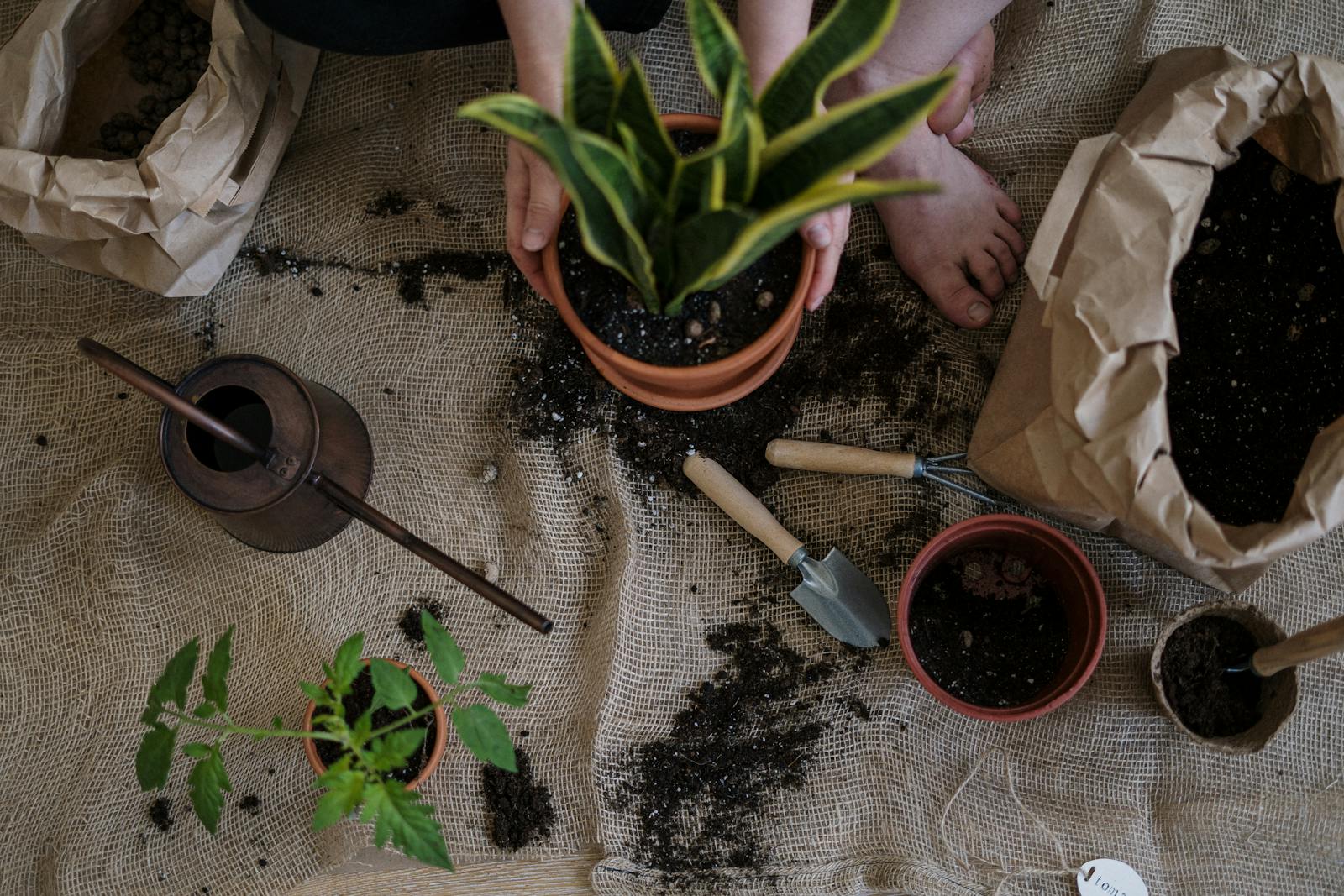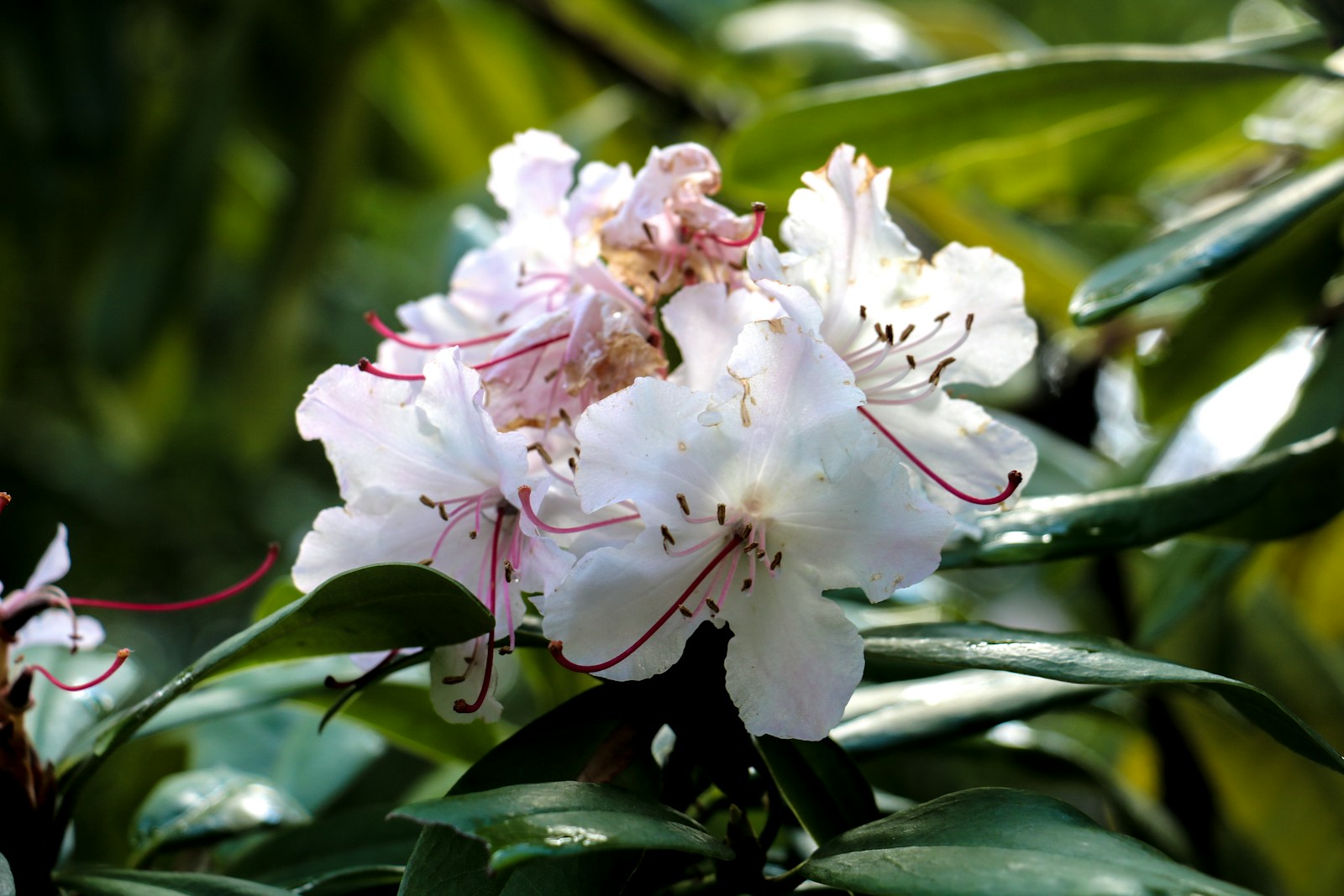Understanding Your Plant Hardiness Zone
What Is a Plant Hardiness Zone?
A plant hardiness zone is a geographic area defined by its average annual minimum winter temperature. This system helps gardeners know which plants will thrive year-round in their climate. The U.S. Department of Agriculture (USDA) created the widely used USDA Plant Hardiness Zone Map, dividing North America into 13 numbered zones, each with a 10°F range.
These zones are crucial when selecting perennials, shrubs, and trees, as some plants simply can’t survive certain temperatures. Knowing your plant hardiness zone helps you choose resilient, climate-appropriate species for better gardening results and fewer losses due to frost or heat stress.
How to Find Your Plant Hardiness Zone
To find your plant hardiness zone, visit the USDA website or check a plant zone map specific to your country or region. Simply enter your ZIP code or browse the color-coded map to determine your zone. Garden centers and seed packets often list ideal zones for plant growth, so knowing yours ensures compatibility.
Zone information may change slightly due to climate shifts or updates in mapping data. Always double-check using the most recent version of your zone map to plan accordingly and ensure the plants you choose will thrive in your location’s conditions.
Why Your Zone Matters for Gardening
Understanding your plant hardiness zone helps you make smart decisions about what to plant and when. Perennial plants, shrubs, and trees are especially sensitive to cold temperatures. A plant labeled for Zones 8–10, for example, likely won’t survive a winter in Zone 5.
Zones also guide the timing of planting. Some vegetables need early starts indoors in colder zones, while others can be direct-seeded outdoors in milder climates. Matching your plant selections to your zone minimizes the risk of crop failure, promotes healthier growth, and makes gardening more predictable and rewarding.
The USDA Plant Hardiness Zones Explained
The USDA divides zones into 13 main categories, ranging from Zone 1 (coldest) to Zone 13 (warmest). Each zone is further split into “a” and “b” subzones, representing 5°F increments. For example, Zone 7a has a minimum temperature range of 0 to 5°F, while Zone 7b ranges from 5 to 10°F.
This fine-tuned classification allows gardeners to make informed choices, especially in transition areas where climate can vary greatly. While hardiness zones focus on winter temperatures, they don’t account for factors like humidity, rainfall, or summer heat—so it’s best used as one part of your plant selection strategy.
How Zones Affect Perennials vs. Annuals
Perennials rely heavily on zone data because they’re expected to survive through winter and return each year. If planted in the wrong zone, they may die in extreme cold or fail to thrive in hot climates. Always check if a perennial’s recommended zone range includes yours before planting.
Annuals, on the other hand, complete their life cycle in a single season and are less dependent on zone compatibility. You can grow most annuals as long as the growing season is long enough and the plant is started at the right time. Understanding this difference is key to successful garden planning.
Adjusting Your Garden Based on Zone
Once you know your plant hardiness zone, tailor your garden to thrive within it. Select perennials that are cold-hardy or heat-tolerant enough for your zone. For borderline plants, consider placing them in protected microclimates—like near a south-facing wall—or using mulch to insulate roots.
Container gardening is another smart option. Containers can be moved indoors during harsh winters or intense heat. For zone-challenging plants, try seasonal annuals that match your growing conditions. Adapting your planting strategy to your zone ensures a resilient, flourishing garden throughout the year.
Common Mistakes When Using Hardiness Zones
One of the biggest mistakes gardeners make is relying only on the plant hardiness zone. While it’s a great starting point, it doesn’t consider factors like soil type, rainfall, or summer heat. Ignoring these can lead to plant stress or failure even in the right zone.
Another common error is pushing zone boundaries without proper protection. Planting a Zone 8 perennial in Zone 6 without winter insulation, for instance, can lead to disappointment. Always research the full growing needs of a plant—including light, water, and seasonal care—before planting.
Using Zones to Time Your Planting
Your plant hardiness zone also influences the best time to plant. In colder zones, gardeners often start seeds indoors to extend the growing season. In warmer zones, you can often direct-sow earlier or grow multiple harvests per year.
Many planting calendars are zone-specific, helping you know when to start seeds, transplant outdoors, and harvest. Timing your garden to match your zone gives seedlings the best start and ensures your crops mature before frost or heat waves hit. Use your zone to plan year-round growing success.
Understanding Microclimates Within Your Yard
Even within the same yard, conditions can vary. A plant hardiness zone gives a general overview, but microclimates—like sunny slopes, shaded nooks, or areas protected by structures—can influence what thrives. These areas may be warmer or cooler than your official zone rating.
Take note of how sun, wind, and water move through your space. You may find spots ideal for more delicate plants or shade-loving varieties. Using microclimates strategically allows you to expand your plant palette while staying within the boundaries of your zone.
Choosing Plants by Zone
When shopping for plants, always check the label or product listing for hardiness zone recommendations. Many nurseries organize their stock by zone compatibility, making it easier to choose plants that are built to survive in your climate.
Look for terms like “hardy to Zone 5” or “ideal for Zones 6–9.” You can also explore local garden centers or extension offices for zone-appropriate plant lists. Choosing plants by zone takes out the guesswork and boosts your chances for long-term garden success.
Hardiness Zones Around the World
While the USDA plant hardiness zone map is the standard in the U.S., other countries use similar systems. Canada’s zones consider both low temperatures and other factors like wind chill. The UK uses the RHS Hardiness Rating. Australia and Europe also have localized mapping systems suited to their climates.
Understanding your local equivalent zone helps you find region-appropriate plants, whether you’re gardening at home or referencing resources from other countries. Global awareness of plant hardiness zone systems ensures gardeners everywhere can plan effectively for their conditions.
How Climate Change Affects Zones
Plant hardiness zones are shifting as global temperatures rise. Many areas are becoming warmer, meaning gardeners may now be in a higher-numbered zone than in previous decades. This can open up opportunities for new plants—but also brings unpredictability.
More frequent weather extremes like droughts, late frosts, and heat waves mean you’ll need to garden more flexibly. Understanding your plant hardiness zone is still valuable, but pairing that knowledge with local climate trends and resilience practices will help future-proof your garden.
Best Resources for Zone-Based Gardening
Many gardening websites, books, and apps include plant hardiness zone filters to help you choose appropriate plants. The USDA Plant Hardiness Zone Map is the official source for U.S. gardeners. Local extension services often provide plant lists and planting calendars tailored to your region’s zone.
Tools like garden planner apps or regional garden guides offer month-by-month advice based on your zone. Staying informed through trusted sources helps you make smarter decisions and get the most out of your gardening efforts year after year.
Tips for Expanding Beyond Your Zone
If you want to grow plants not technically suited to your plant hardiness zone, there are ways to push the limits. Use containers for mobility, create protected microclimates, or grow tender plants as annuals. Cold frames, row covers, and greenhouses help extend your zone’s growing range.
Be realistic—some tropical or alpine species may never adapt. But with planning and protection, you can experiment while minimizing risk. Pushing boundaries can be fun, but always anchor your core garden in zone-friendly choices for lasting success.
Gardening Success Starts with Knowing Your Zone
Understanding your plant hardiness zone is a foundational step to growing a healthy, thriving garden. It helps you choose the right plants, time your planting, and protect your investment. While it’s not the only factor, it’s one of the most reliable tools for gardening success.
Whether you’re a beginner or a seasoned gardener, knowing your zone empowers smarter decisions and better results. Pair that knowledge with observation, adaptation, and seasonal planning—and you’ll cultivate a resilient garden rooted in local wisdom and long-term joy.
Frequently Asked Questions
What is a plant hardiness zone and why does it matter?
A plant hardiness zone defines the average lowest winter temperatures in a region, helping gardeners select plants suited to survive their climate. Understanding your plant hardiness zone ensures you choose perennials, shrubs, and trees that can withstand local conditions. This reduces plant loss due to cold and promotes healthier, more sustainable gardens. It’s a foundational guideline for success, especially when planning long-term landscaping or investing in expensive plants. While it doesn’t cover all climate factors, it’s a smart starting point for climate-conscious gardening.
How can I find my plant hardiness zone?
You can easily find your plant hardiness zone by visiting the USDA website and entering your ZIP code, or by using a hardiness zone map for your country. The map is color-coded and broken into numbered zones based on average minimum winter temperatures. Local garden centers, extension services, or gardening apps often reference zone information as well. Knowing your zone helps you match plants to your local climate, making garden planning easier and more effective.
Does my plant hardiness zone ever change?
Yes, plant hardiness zones can shift over time due to climate change and updated mapping data. As temperatures rise, many regions are experiencing milder winters, which can shift them into a higher-numbered zone. Updated maps reflect these changes and help gardeners make informed decisions. It’s a good idea to check for updates every few years and observe how your plants respond to seasonal changes. Flexibility and awareness are key to adapting your garden over time.
Can I grow plants outside my hardiness zone?
You can grow some plants outside your zone with care. Use strategies like container gardening, microclimates, greenhouses, or row covers to protect sensitive species. Some gardeners grow borderline plants as annuals or bring them indoors during extreme weather. However, pushing your plant hardiness zone requires extra attention and may not always succeed. For best results, keep most of your garden zone-appropriate and experiment with a few out-of-zone plants as accents or seasonal additions.
Do indoor plants follow hardiness zones?
Indoor plants are less affected by plant hardiness zones because they’re grown in controlled environments. However, if you plan to move houseplants outdoors in warmer months, be aware of your zone’s temperature swings. Tropical plants, for instance, may suffer in sudden cold. Always bring them inside before nighttime temperatures drop too low. While hardiness zones mostly apply to outdoor perennials, understanding your zone can still help when transitioning indoor plants seasonally.
© 2025 GardeningandDecor.com. All rights reserved.



